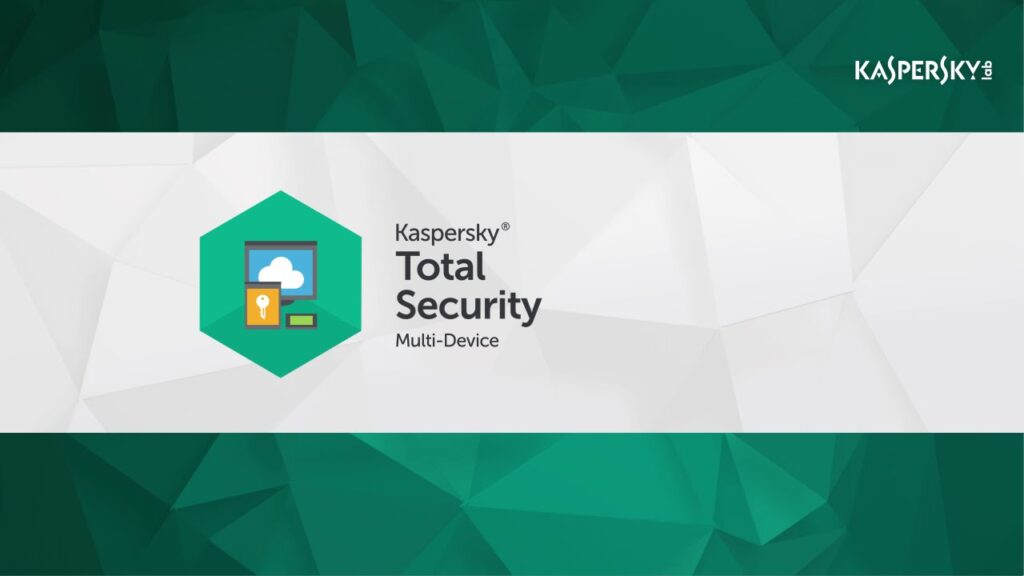
#Kaspersky new version install
To install the application locally, run the setup_kes.exe file from the full distribution package and follow the Setup Wizard instructions.

#Kaspersky new version upgrade
You must either delete the Encryption Module or upgrade it to version 1.1.0.73 prior to starting an upgrade of Kaspersky Endpoint Security.
#Kaspersky new version windows
When installing an upgrade on a computer that has the AES Encryption Module installed, the Kaspersky Endpoint Security 11 for Windows installer will automatically upgrade the Encryption Module and will install all libraries necessary for encryption if you are using a distribution package with the appropriate key length and are upgrading a supported configuration.įor automatic upgrade of an installed encryption module, use the appropriate distribution package for Kaspersky Endpoint Security 11: No access to folder level encryption (FLE) files will be provided after you remove Encryption Module. When the application is installed for the first time, all libraries required for encryption are installed automatically when the full disk encryption (FDE) or file level encryption (FLE) component is selected.īefore removing or upgrading the encryption module, you must decrypt all hard drives that have been encrypted using full disk encryption (FDE). Kaspersky Endpoint Security 11 for Windows is incompatible with AES encryption modules released for previous versions of Kaspersky Endpoint Security. Notifies in case critical protection components are disabled.


Lightweight mode for Threat Protection (“Cloud mode”). Light antivirus databases with enabled KSN (require less RAM and drive space).

Application Startup Control renamed to Application Control.Application Privilege Control renamed to Host Intrusion Prevention.System Watcher split to 3 components: Behavior Detection, Remediation Engine, Exploit Prevention.Antivirus renamed to Threat Protection (for example, File Anti-Virus renamed to File Threat Protection).Technologies (machine learning, cloud analysis, etc) and protection components (Exploit Prevention, Behavior Detection, etc) are shown in statistics and reports.Protection components grouped by categories: Advanced Threat Protection and Essential Threat Protection.Shared folders protection (from remote encryption).System Watcher for servers (components Behavior Detection, Remediation Engine and Exploit Prevention).Integrated Endpoint Sensor component of Kaspersky Endpoint Detection and Response 1.0.


 0 kommentar(er)
0 kommentar(er)
